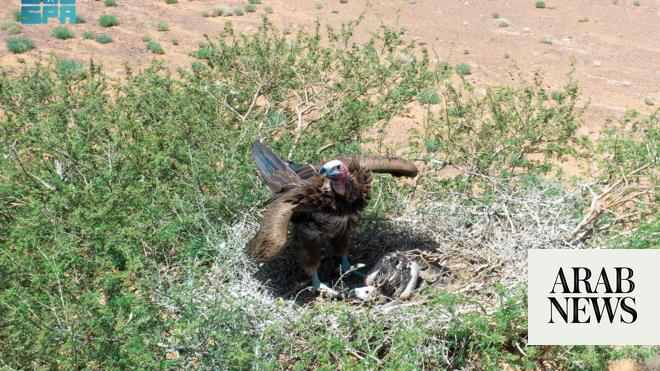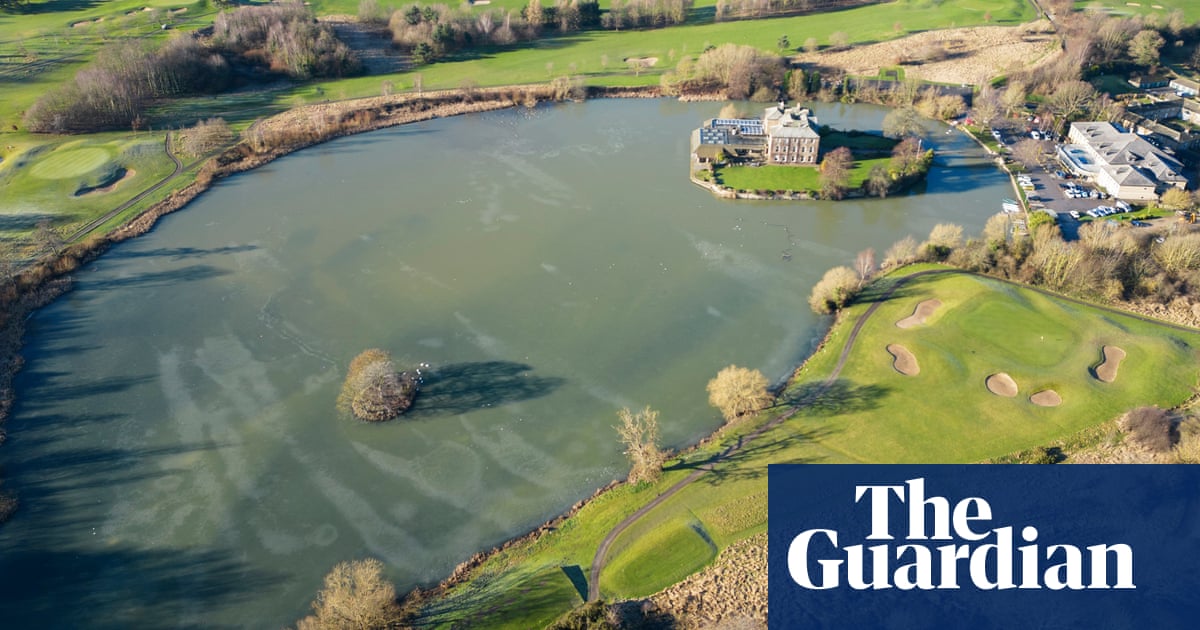
JEDDAH: After an absence of 90 years from its natural environment in the north of Saudi Arabia, the King Salman bin Abdul Aziz Royal Natural Reserve witnessed the first ever birth of a wild Arabian oryx.
KSRNR tweeted on their official Twitter account: “After the absence of 9 decades from its homeland in the north of the Kingdom ... the efforts of the #National_Center_Wildlife in cooperation with @KSRNReserve in the propagation and resettlement of the Arabian oryx are bearing fruit ... and the first born … oryx sees the light at the King Salman bin Abdul Aziz Royal Natural Reserve.”
This birth is the culmination of cooperation between the KSRNR Development Authority and the National Center for Wildlife, which resulted in the release of a number of oryx in the reserve in March as part of resettlement programs for endangered species.
NCW released 50 Arabian oryx, 100 Reem antelopes, 20 mountain ibex, and 30 Houbara birds in one of the three primary wildlife reserves of KSRNR on March 30.
The release of the Arabian oryx into their natural habitat — in the northwest of the Kingdom — was the first of its kind for the species.
According to the International Union for Conservation of Nature, the Arabian or White oryx is a vulnerable species threatened with extinction.
The species’ disappearance from the region for decades was the result of numerous environmental pressures, overfishing, and loss of vegetation cover, which led to a decrease in its numbers in the wilderness.
The return of the oryx to these reserves promotes its natural breeding, which represents an environmental achievement that contributes to the balance of the environment, enrichment of biodiversity, and preservation of this species.
Currently, KSRNR has 282 species of animals, covering a wide range of mammals, reptiles, birds, and amphibians.
The animals include Arabian wolves, foxes, Reem deer, capra, hares, golden eagles, and curlews.
The reserve consists of three main conservation sites: Khunfah, bordering the west of the Great Nafud desert, Al-Tubaiq sedimentary plateau, and Harrat Al-Harra.
As the largest reserve in the Kingdom, KSRNR covers a diverse geographical terrain within the four provinces of Hail, Al-Jawf, Tabuk, and the north near Wadi Rum bordering Jordan.












